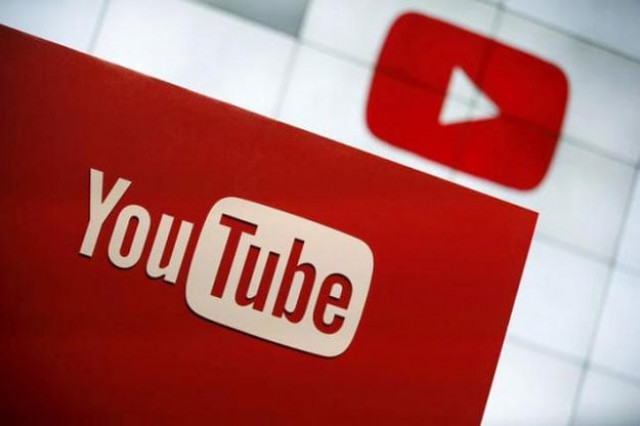YouTube to support virtual reality video on its app
App supports VR video, a format that gives viewers more realistic 360-degree perspectives of films

YouTube unveils their new paid subscription service at the YouTube Space LA in Playa Del Rey, Los Angeles, California, United States October 21, 2015. PHOTO: REUTERS
The app now supports VR video - a format that gives viewers what the company says are more realistic 360-degree perspectives of films.
YouTube ban three years on: No hope for block reversal, but do people really care?
To view it, a user would call up a virtual reality video on the YouTube app, click a button on the video for VR mode, and place the phone in Alphabet Inc's "Cardboard" device, a handheld gadget made from the standard box material that creates a VR viewing experience.
Makers of virtual reality content can upload VR videos compatible with the Cardboard viewer directly to YouTube. YouTube said there are about a dozen VR videos, including one stemming from the "Hunger Games" movies.
YouTube also announced that viewers can see its vast library of videos with a more limited virtual reality experience, also using Cardboard. YouTube said that the videos will resemble what a viewer would see on an IMAX theater screen.
Neil Schneider, executive director of VR trade organization Immersive Technology Alliance, noted that YouTube introduced 3D video in 2009 and was also an early adopter of high-definition video.
"It's not surprising they would take the angle of adding virtual reality," he said.
YouTube Gaming launches as e-sports arena
Schneider said the public can expect to see an explosion of high quality content, but said amateur content might be more difficult to come by because the gear to create VR content is typically expensive.
But Jay Iorio, a member of the Institute of Electrical and Electronics Engineers who has created films for Cardboard and Facebook's Oculus Rift virtual reality headset, said he would not be surprised to see VR recording capabilities on smartphones.
"The equipment I have right now, people will probably have on their phones in a couple years," he said.
Oculus Rift is scheduled for release next near and is expected to cost between $300 to $350. Cardboard costs between $5 and $50.
The YouTube app with the updated Cardboard technology is currently only available for Android phones but an iOS version is set to be released "soon," according to YouTube.



















COMMENTS
Comments are moderated and generally will be posted if they are on-topic and not abusive.
For more information, please see our Comments FAQ